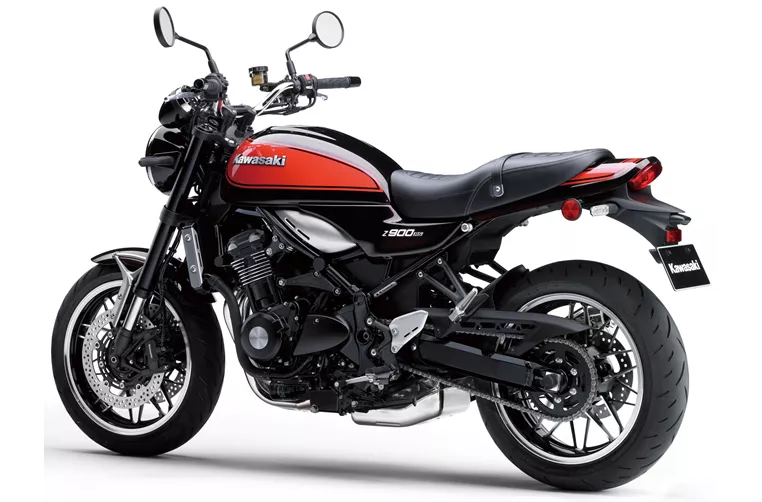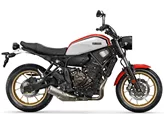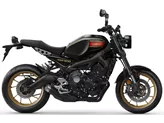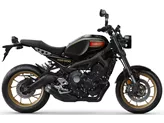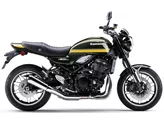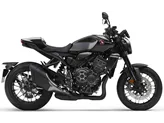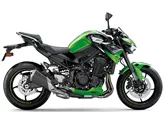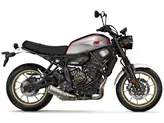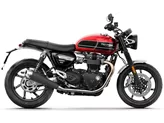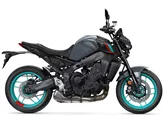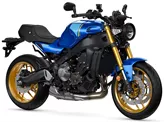Yamaha XSR900 2016 vs. Kawasaki Z900 RS 2018

Yamaha XSR900 2016
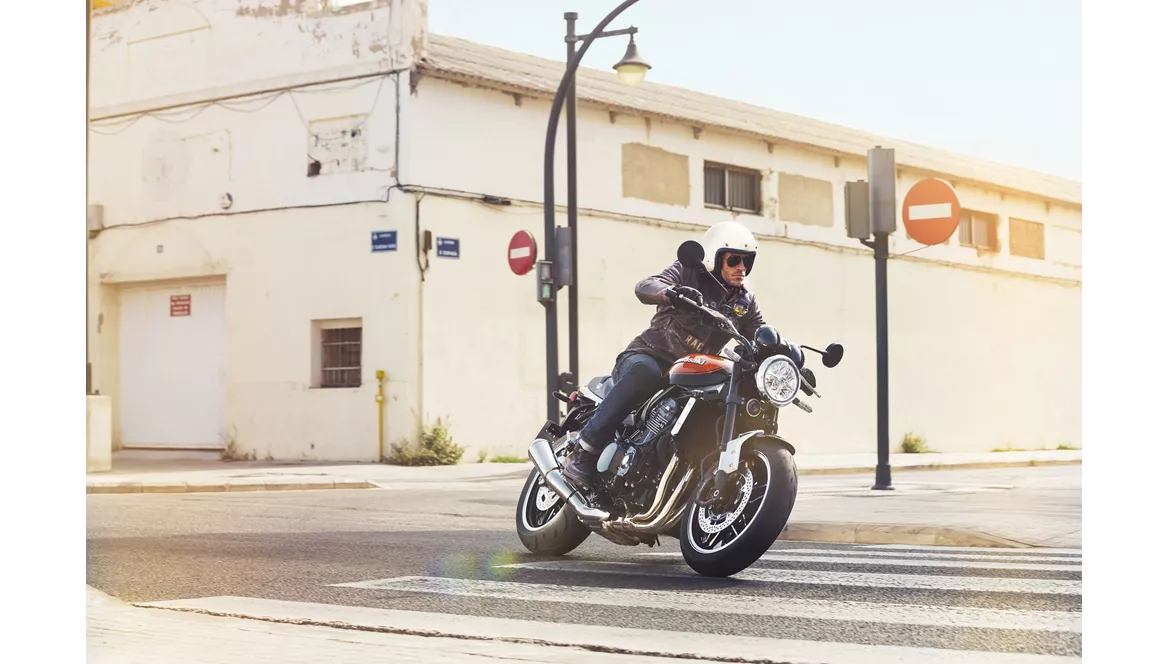
Kawasaki Z900 RS 2018
Overview - Yamaha XSR900 2016 vs Kawasaki Z900 RS 2018
The Yamaha XSR900 2016 and the Kawasaki Z900 RS 2018 are both naked bikes with similar engine types, in line, and liquid cooling. However, there are some notable differences between the two models.
In terms of engine power, the Yamaha XSR900 2016 has a slight advantage with 115 HP compared to the Kawasaki Z900 RS 2018's 111 HP. The torque is also higher on the Yamaha XSR900 at 87.5 Nm compared to the Kawasaki Z900 RS's 98.6 Nm. The Yamaha XSR900 has 3 cylinders while the Kawasaki Z900 RS has 4 cylinders, which may result in a smoother power delivery for the latter.
Both bikes have upside-down telescopic forks for the front suspension and swing arm with a monoshock for the rear suspension. The chassis of the Yamaha XSR900 is made of aluminum and has a twin tube frame, while the Kawasaki Z900 RS has a steel frame with a tubular design. This may result in differences in weight and handling characteristics.
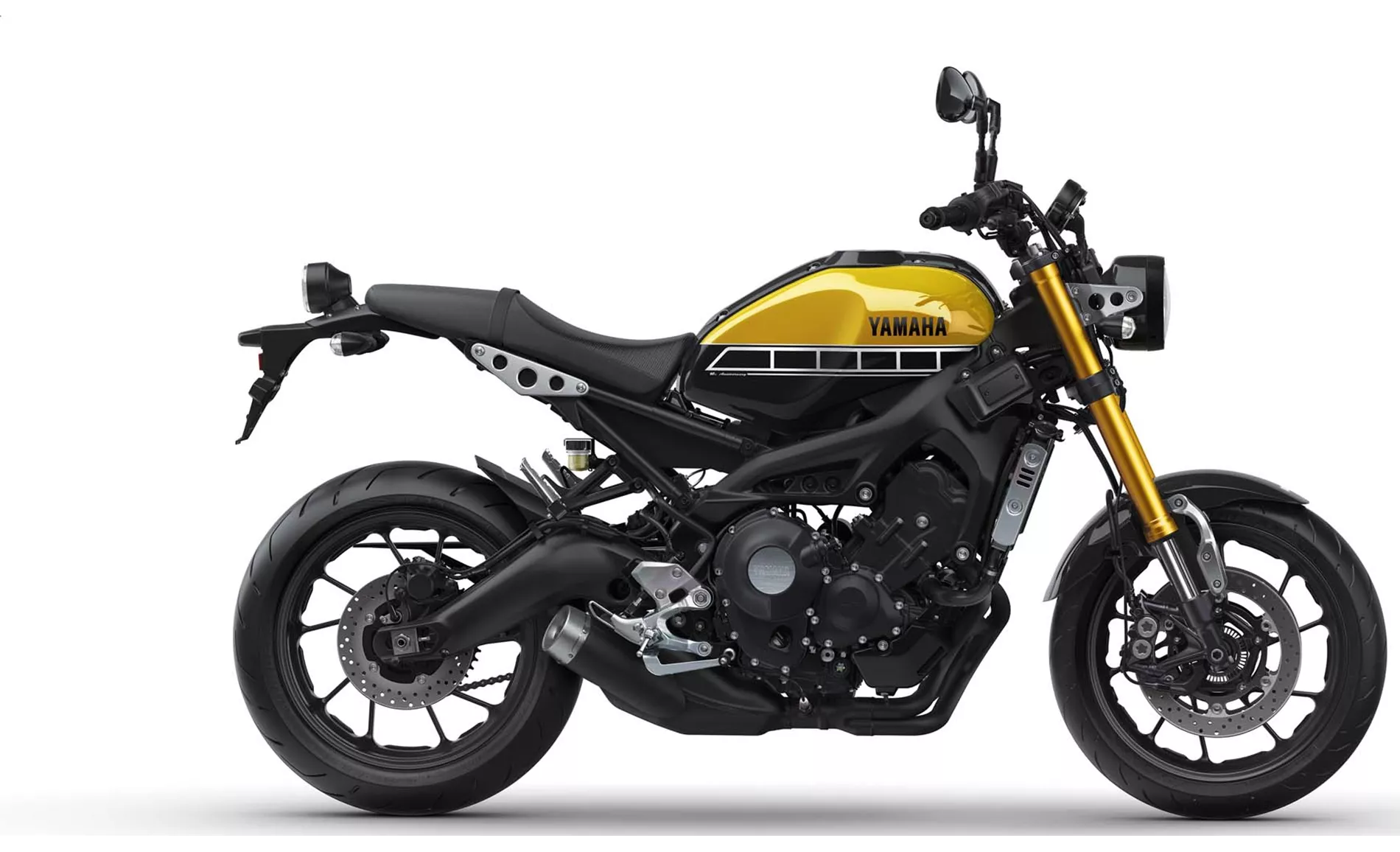
Yamaha XSR900 2016
In terms of braking, both bikes have double disk brakes at the front with similar diameters. The Yamaha XSR900 has a front tire width of 120 mm and a rear tire width of 180 mm, while the Kawasaki Z900 RS has the same tire widths. Both bikes have a 17-inch front and rear tire diameter.
The Yamaha XSR900 has a wheelbase of 1440 mm, a seat height of 815 mm, and a kerb weight of 191 kg with ABS. On the other hand, the Kawasaki Z900 RS has a slightly longer wheelbase of 1470 mm, a higher seat height of 835 mm, and a higher kerb weight of 215 kg with ABS. The fuel tank capacity of the Yamaha XSR900 is 14 l, while the Kawasaki Z900 RS has a larger capacity of 17 l.

Kawasaki Z900 RS 2018
In terms of strengths, the Yamaha XSR900 is praised for its greedy engine, well-tuned riding modes, standard ABS and TC, authentic modern design, and clean workmanship. On the other hand, the Kawasaki Z900 RS is commended for its powerful and smooth engine, good looks, comfortable seating position, easy rideability, and balanced handling without being too nervous or ponderous.
However, the Yamaha XSR900 has some weaknesses including a hard chassis, a seat that could be more comfortable, and a speedblock design that is already present on many other models. The Kawasaki Z900 RS lacks a shift assistant, is heavier than other retro bikes in its class, has a seat that may be too soft on long tours, and lacks wind protection.
In conclusion, both the Yamaha XSR900 2016 and the Kawasaki Z900 RS 2018 have their own strengths and weaknesses. The Yamaha XSR900 offers a greedy engine and well-tuned riding modes, while the Kawasaki Z900 RS provides a powerful and smooth engine with a comfortable seating position. Ultimately, the choice between the two will depend on the rider's preferences and priorities.
Technical Specifications Yamaha XSR900 2016 compared to Kawasaki Z900 RS 2018
Pros and Cons in comparison
Pros and Cons in comparison
Yamaha XSR900 2016
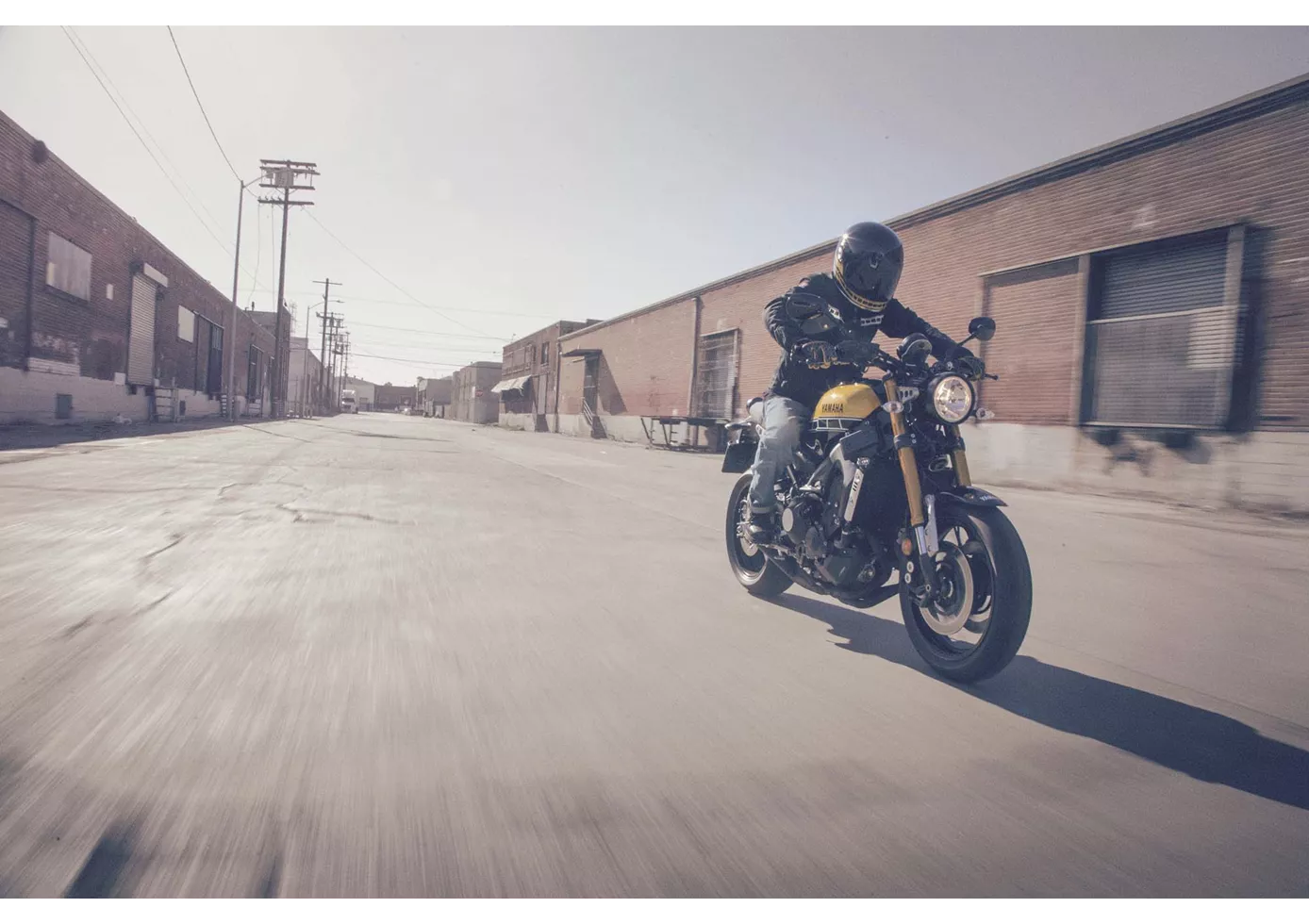
The XSR900 combines the performance of a sporty streetfighter with the look of a pleasing, cleanly finished retro naked bike. In doing so, the Japanese make use of their own history, which can be found bundled and without gaps in the archive of the design agency that has been working for Yamaha for 60 years. It adopts the virtues of the MT-09 and has mended some of its weaknesses. It rides more harmoniously, more controlled and, if desired, more relaxed. Only the comfort, and thus the rider, suffers from the tight chassis on bad roads. You have to be a little bit sensitive when it comes to a neo-classic.
Kawasaki Z900 RS 2018
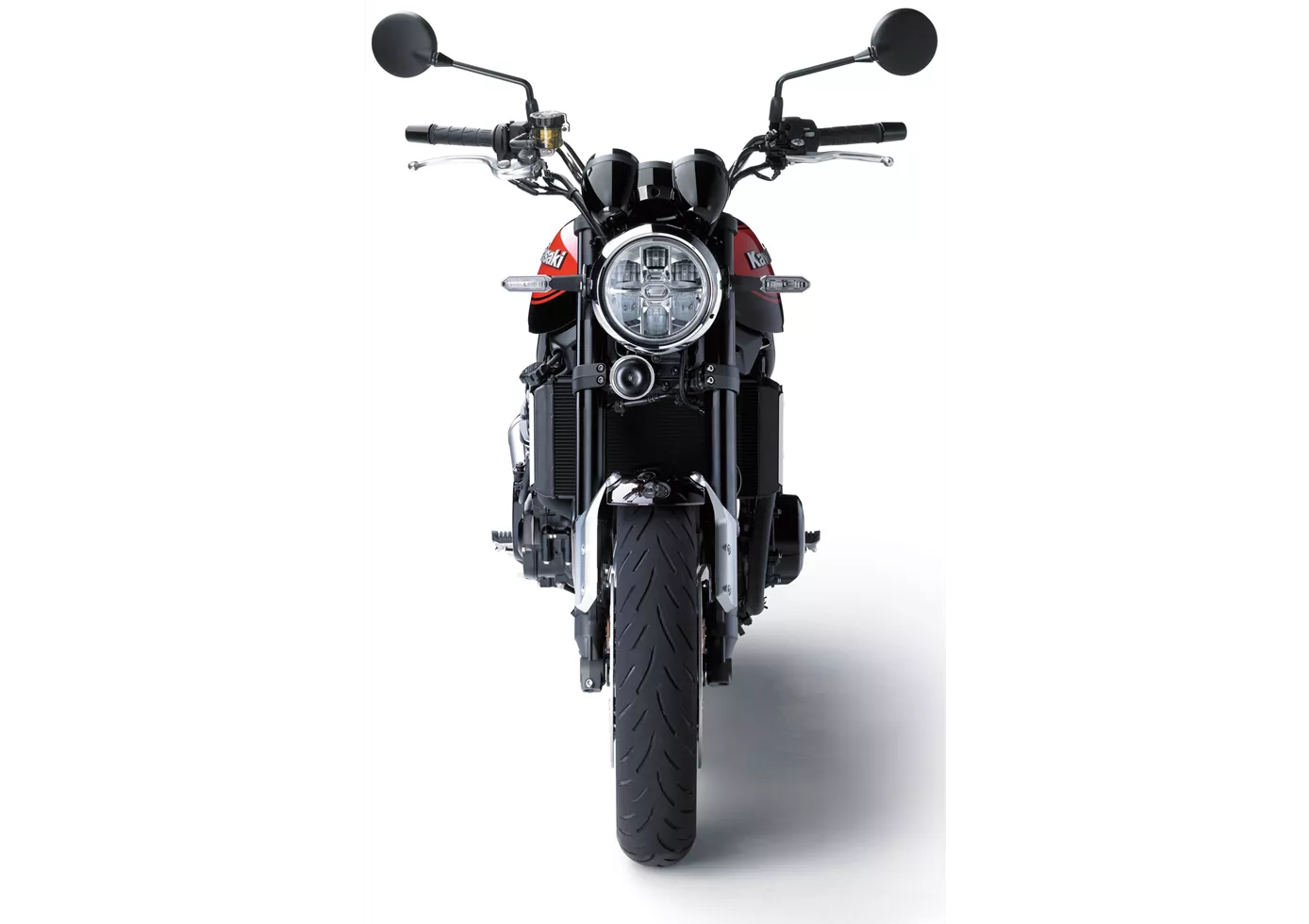
Its four-cylinder is silky smooth while delivering enough power to make you grin under your helmet. It is also very easy to move, which should make it a great commuter bike in everyday life and serve as an iconic fun bike at the weekend. The looks find the perfect straddle of classic design and modern details to form a coherent retro package that is also a worthy tribute to Kawasaki history. It's a great naked bike with a snazzy look.
Price Comparison Avarage Market Price Yamaha XSR900 vs Kawasaki Z900 RS
There are a few key differences between a Yamaha XSR900 2016 and a Kawasaki Z900 RS 2018. In terms of price, the actual average price of a Kawasaki Z900 RS 2018 is about 80% higher. A Yamaha XSR900 2016 experiences a loss of 1,650 USD in one year and 1,670 USD in two years of ownership. This is offset by a loss of 900 USD and 1,070 USD for a Kawasaki Z900 RS 2018. Compared to Kawasaki Z900 RS 2018 there are less Yamaha XSR900 2016 bikes available on the 1000PS.de Marketplace, specifically 5 compared to 28. It takes less time to sell a Yamaha XSR900 with 77 days compared to 154 days for a Kawasaki Z900 RS. Since model year 2016 1000PS.de editors have written 30 reviews for the Yamaha XSR900 and 26 reviews for the Kawasaki Z900 RS since model year 2018. The first review for the Yamaha XSR900 was published on 11/25/2015 and now has more than 17,600 views. This compares to more than 63,700 views for the first review on Kawasaki Z900 RS published on 9/6/2017.

